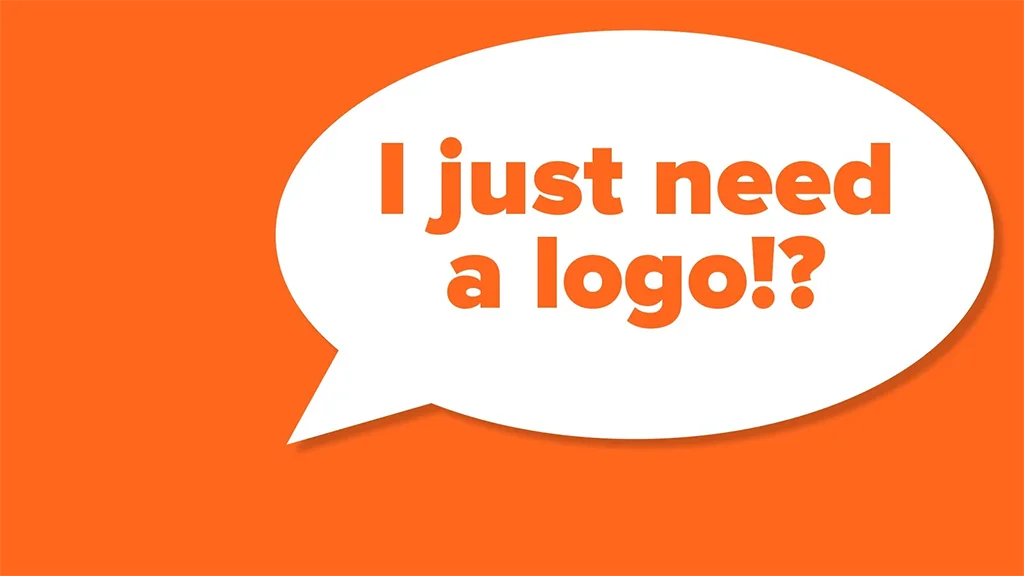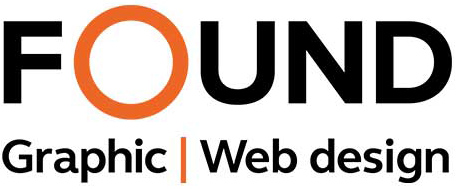
A brand is a visual representation of your business – but it’s far more than just a logo. A strong brand tells people your values, your purpose and even your goals. This means it needs to be based on your business strategy.
In simple terms I think a brand is like an equation:
Behaviour + Appropriateness + Consistency = Trust
People say ‘Trust me, I know what I’m doing’, but why should you trust them? This is the brand gap – it shows you what your audience thinks of you.
Laying the foundations
To create a look and feel for your company that is congruent, you need to establish:
- Your long-term goals for your business
- A clear vision of what kind of organisation you want to be perceived as
- Your values – what’s OK and what’s not
- Who your audience are – and what’s important to them, their pain and gain needs.
A visual representation of your business will be influenced by all this information. It’s important to think about:
- Where you sit in the market?
- Who are your competitors?
- What are others doing?
- What can you translate into your business in a way that will make you stand out?
At the end of the day no matter how smart your logo is, a bad business strategy means it’s like putting lipstick on the gorilla!
Developing the equation
Your brand story is unique to you and your business and this is what dictates your behaviour.
I’m not talking about being polite to people – or at least, not only being polite to people! Behaviour is how your brand appears graphically, the style of communication – including the typeface that represents you, the content that you share online, how you interact with your audience – and more.
Appropriateness goes hand-in-hand with behaviour. For instance, if you’re trying to establish a high-ticket offering, using a gmail address ruins the effect. Any deviation from your brand image becomes a problem and damages your brand. Everything you do (and your employees and associates do) needs to be congruent with your brand values.
Branding needs to be consistent. This is where brand guidelines are important. They will ensure everyone understands how your brand should (and should not) be presented.
If you do all of this you’ll influence your audience positively and continually reinforce your brand’s image and underlying message.
What are brand guidelines?
A good brand guidelines document is a visual toolkit. And will include:
- Clear representations of your logotype (the words and symbol that represent your brand),
- How your logo appears – colours, structure (e.g. if it’s a longer name, how it will be represented in a square shape) and positioning in documents, on your website, on social media, etc.
- The typefaces that represent your business. This will include the fonts that you use for emails and other documents – even spreadsheets and internal documentation (remember consistency?)
With brand guidelines, simple is good – it has to be clear, not complex.
You can give the same ingredients to the local greasy spoon and to a Michelin-starred chef and the dishes they produce will be very different. Think of the brand guidelines as the method that demonstrates what the finished dish should look and taste like.
So the moral of this story is – make sure the brand you develop reflects the image you want to present to the world.


Paul Spencer owns Found Design specialising in all aspects of branding.
Contact him on 0754 591 4673


